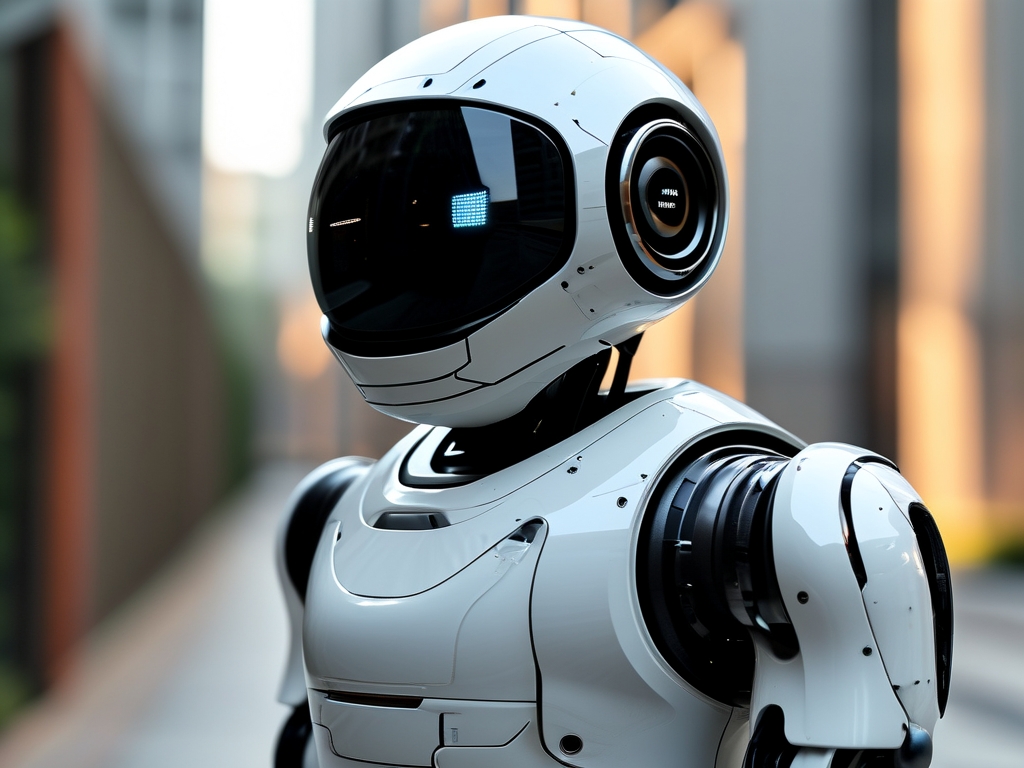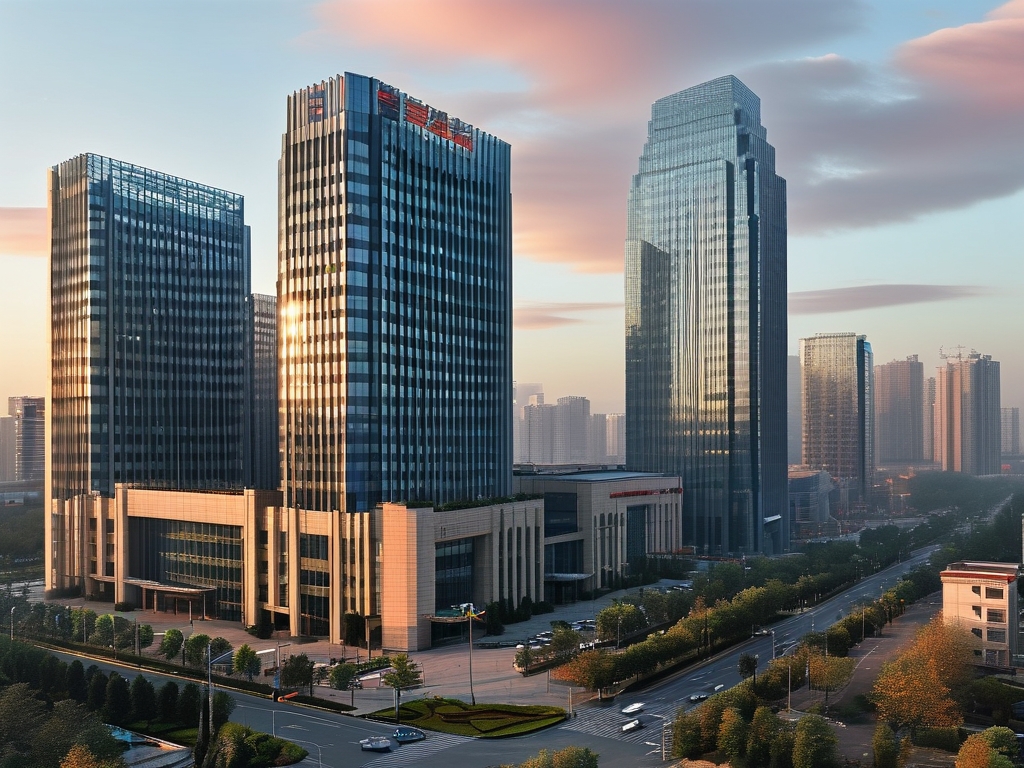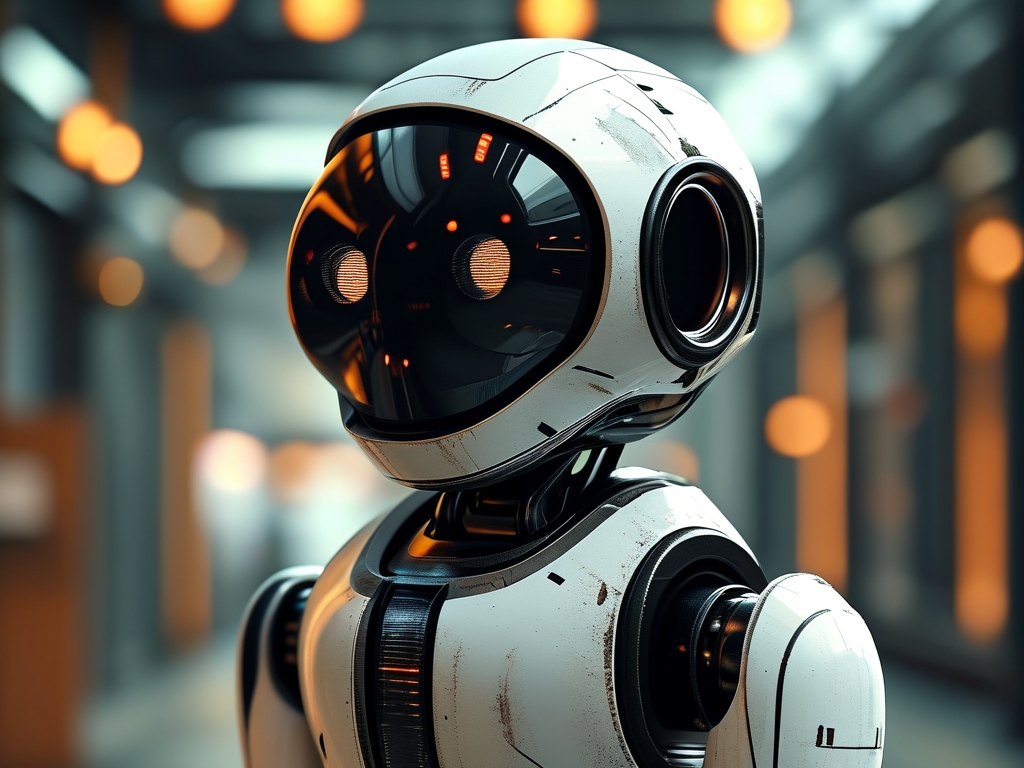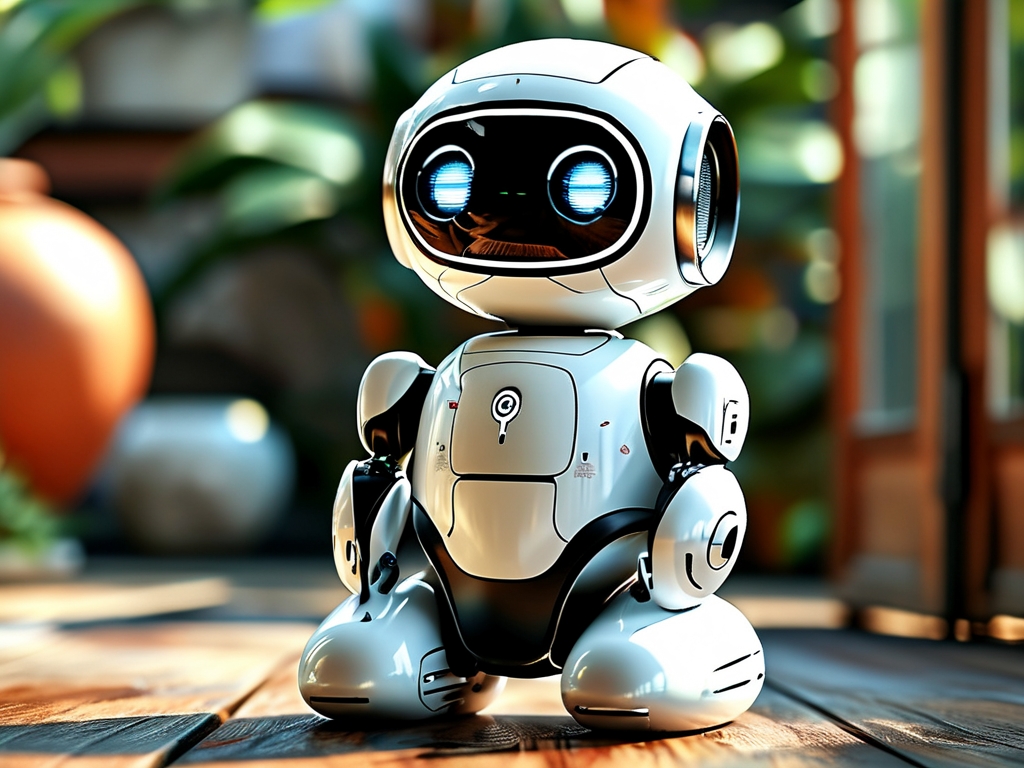Over the past decade, Huawei has emerged as a global leader not only in telecommunications but also in cutting-edge robotics technology. By integrating advanced artificial intelligence (AI), 5G connectivity, and cloud computing, Huawei is redefining the boundaries of robotics innovation. This article explores how Huawei’s unique approach to robotics is transforming industries, enhancing human-machine collaboration, and shaping the future of automation.

1. Fusion of AI and Robotics: A New Paradigm
Huawei’s robotics strategy centers on embedding AI at the core of robotic systems. Unlike traditional robots programmed for repetitive tasks, Huawei’s robots leverage machine learning algorithms to adapt dynamically to complex environments. For instance, its Atlas Robotics Platform combines powerful Ascend AI chips with real-time data processing, enabling robots to "learn" from interactions. In manufacturing, Huawei’s AI-driven robotic arms can now detect microscopic defects in products with 99.98% accuracy—a feat achieved through continuous training on terabytes of visual data.
Moreover, Huawei’s MindSpore AI framework allows developers to create lightweight AI models optimized for robotic hardware. This reduces latency and energy consumption, making robots more efficient in sectors like logistics and healthcare.
2. 5G and Edge Computing: Powering Real-Time Robotics
A key innovation lies in Huawei’s integration of 5G and edge computing into robotics. By deploying 5G-enabled robots, the company solves critical challenges like latency and bandwidth limitations. For example, Huawei’s 5G Cloud Robots use edge servers to process data locally, enabling real-time decision-making. In smart warehouses, these robots coordinate seamlessly, adjusting routes within milliseconds to avoid collisions—a capability impossible with traditional Wi-Fi-dependent systems.
Huawei has also pioneered "Networked Robotics," where robots act as nodes in a 5G-IoT ecosystem. In agricultural settings, autonomous drones and ground robots share data via Huawei’s 5G networks to monitor crop health, optimize irrigation, and predict yields. This interconnected approach reduces reliance on centralized systems, enhancing scalability.
3. Human-Robot Collaboration: Safety and Adaptability
Huawei’s robotics innovations prioritize safe and intuitive human collaboration. Its Collaborative Robots (Cobots) feature advanced force-sensing technology and AI vision. These cobots can operate alongside humans in factories, automatically pausing or adjusting force if unexpected contact occurs. Huawei’s proprietary HarmonyOS further enables seamless communication between cobots and other smart devices, creating unified workflows.
A breakthrough example is Huawei’s Medical Service Robot, deployed in hospitals during the COVID-19 pandemic. Equipped with UV-C disinfection and drug-delivery modules, it navigates crowded corridors using LiDAR and AI mapping while avoiding human contact. Such applications highlight Huawei’s focus on socially impactful robotics.
4. Open Ecosystems and Industry Partnerships
Rather than working in isolation, Huawei fosters open innovation through platforms like the Huawei Robotics Cloud. This ecosystem allows third-party developers to access AI tools, simulation environments, and hardware blueprints. Startups and enterprises alike can prototype robots faster, reducing time-to-market.
Partnerships with automotive manufacturers and logistics giants have also accelerated adoption. For instance, Huawei’s joint venture with JD Logistics produced autonomous mobile robots (AMRs) that handle 200,000 daily packages in automated warehouses. By sharing 5G and AI expertise, Huawei is democratizing robotics across industries.
5. Sustainability and Ethical AI
Huawei’s robotics roadmap emphasizes sustainability. Its solar-powered agricultural robots and energy-efficient data centers align with global carbon neutrality goals. Additionally, Huawei adheres to strict ethical AI guidelines, ensuring transparency in robotic decision-making. The company actively participates in global forums to establish standards for responsible robotics.
Challenges and Future Directions
Despite progress, challenges remain. Export restrictions and geopolitical tensions have impacted Huawei’s access to certain technologies. However, the company is investing heavily in R&D—recently announcing a $5 billion annual budget for robotics and AI.
Looking ahead, Huawei aims to develop cognitive robots capable of emotional recognition and context-aware interactions. Projects like the "AI Mind" initiative explore quantum-inspired algorithms to mimic human reasoning. With 6G research underway, Huawei envisions a future where robots operate in hyper-connected, intelligent worlds.
Huawei’s robotics innovations are not merely technological triumphs but catalysts for societal transformation. By blending AI, 5G, and ethical design, Huawei is crafting robots that enhance productivity, sustainability, and quality of life. As the company continues to push boundaries, its vision of an intelligently automated future grows increasingly tangible—one where humans and machines thrive in harmony.






